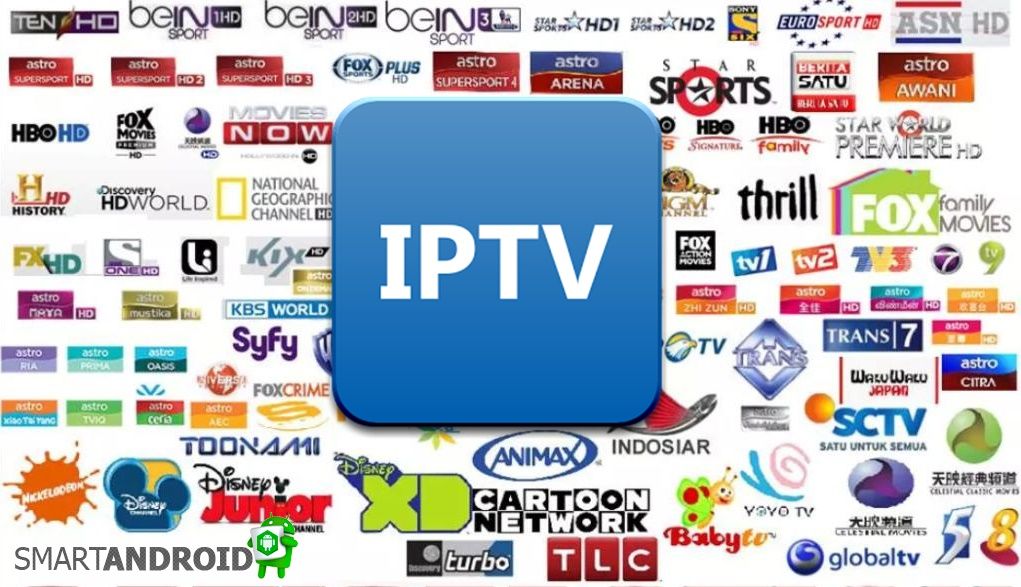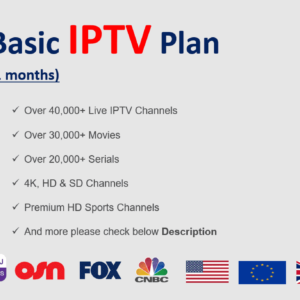IPTV systems are on a migration path to full streaming distribution. The next evolution of IPTV, IPTV 2.0, is being driven by several factors, including the need to streamline video delivery operations, technology innovation, monetization, and consumer demand for a superior quality of experience.
There are different migration paths operators can take to IPTV 2.0, including leveraging CDN capacity growth and deploying multicast ABR technology. By transitioning to IPTV 2.0, operators can enhance the viewer experience with stream personalization and targeted advertising, while enjoying greater flexibility with minimal overhead investment.
Let’s take an in-depth look at the drivers for IPTV 2.0, the system limitations and available migration paths.
Key Drivers for IPTV 2.0
IPTV operators face growing competition from streaming, cable, and satellite offerings. With IPTV 2.0, operators can deliver video via a unicast streaming infrastructure, which offers a few significant benefits.
Order now FREE TRIAL 24h with The Best American & European IPTV
Streamlined Operations
One of the main reasons why the industry is transitioning to IPTV 2.0 is because the next-gen IPTV system simplifies video delivery operations. IPTV 2.0 completely streamlines video delivery by allowing operators to manage one channel encoded with multi-profile ABR rather than managing several different versions of the same channel. With the IPTV 2.0 architecture, the set-top box (STB) receives the same exact stream as second screens such as smartphones and tablets.

In addition, the IPTV 2.0 system eliminates the need to operate a multicast network and support dedicated multicast STBs. STBs are no longer a requirement since the stream can be received directly by a growing installed base of connected TVs.
Innovation
Beyond streamlining operations, IPTV 2.0 enables innovation on the large screen. IPTV services today come in two tiers, the legacy IPTV service on the TV and an app on the second screen. With IPTV 2.0, the same app is used on all devices including the TV, allowing operators to enhance their service on the large screen at the same fast pace as streaming services.
IPTV operators can easily aggregate third-party services, introduce social apps and customize their offering per region or per user to enable a better viewer experience and increase monetization. With IPTV 2.0, operators also have the opportunity deliver services to subscribers without a STB and reach subscribers from outside of their network. That’s because IPTV 2.0 streams are unicast, and network specific multicast is no longer a barrier.

Monetization
Another driver to IPTV 2.0 is monetization. Although it’s technically possible to deploy targeted ads with multicast STBs, the architecture is quite complex. Leveraging IPTV 2.0 and server-side ad insertion, operators can align the main screen TV and their system architecture with digital ad technology, making it easier to leverage first-party data and sell ad inventory at a higher CPM value.
Quality of Experience
IPTV 2.0 is also being driven by the requirement to deliver the best possible quality of experience (QoE). The QoE with IPTV 2.0 is equal to or better than IPTV thanks to low-latency HLS and low-latency DASH protocols, fast channel change, and CDN and player technologies that reduce rebuffering. In addition, ABR transcoding is a perfect match for the variety of access network technologies and performances that exist today, enabling the player to automatically select the optimal bitrate and resolution for IPTV 2.0 content.
With the addition of content-aware encoding, operators can realize up to 50% bitrate savings while remaining compatible with AVC and HEVC standards. In many cases, content-aware encoding allows operators to deliver HD video to end users where IPTV would have normally been delivered in SD.
IPTV 2.0 Limitations
While IPTV 2.0 offers operators numerous advantages, there are also some constraints. In many cases, an operator’s installed base of STBs does not support unicast ABR. Operators that want to maintain STB operations in the home would need to do a complete replacement, a process that could take several years depending on the size, logistics and cost involved.
Another possible obstacle when migrating to IPTV 2.0 is the network bandwidth capacity and the ability to handle the load of unicast traffic. The migration to IPTV 2.0 would not be easy to absorb by the current CDN infrastructure. For markets with lower IPTV penetration, this may be less of a challenge.
Exploring the Migration Paths to IPTV 2.0
There are a few different migration paths that operators can take to IPTV 2.0. One option is to simply ride the CDN capacity growth. Research shows that the overall traffic served from CDNs, including public CDNs and internal on-premises CDNs, has been growing by about 58% yearly since 2016. This growth was made possible thanks to investments in caching capacity, network capacity, and peering capacity.
When IPTV 2.0 is switched on, the egress traffic may spike over the CDN capacity. Multicast ABR is another path to IPTV 2.0 and can be used to solve scalability challenges. The key benefits of multicast ABR technology is that it is transparent to end users and enables operators to reuse existing infrastructure. However, multicast ABR technology does require home gateway or STB software integration, as well as a custom STB solution to deliver targeted ads. For these reasons multicast ABR technology is more of a short-term solution. Growing CDN capacity is the only long-term solution for achieving scalability and streaming personalization.

The IPTV market is in the process of migrating to a full streaming distribution architecture to simplify operations, innovate the viewer experience and drive monetization through content personalization.
[Editor’s note: This is a contributed article from Harmonic. Streaming Media accepts vendor bylines based solely on their value to our readers.]
Please enable JavaScript to view the
comments powered by Disqus.
Related Articles
Will OTT Consolidation Hamper Innovation?
The past 18 months have seen no shortage of mergers and acquisitions, and it has me wondering if all this consolidation will lead toward innovation. My gut says no, and plenty of industry pundits agree, but it could bring improvements to the customer experience.
02 Dec 2021
OTT Viewing Trends in Discovery and Service-Hopping
Parks Associates president Elizabeth Parks discusses recent survey data on OTT market segments and explains how, in the current fragmented OTT services market, OTT service providers need to adopt a new mindset for retaining subscribers and reducing churn, in this clip from her presentation at Streaming Media West Connect 2021.
29 Nov 2021
How to Choose the Right Format for OTT Video Library Management
ProRes fits most cases, and IMF the rest, but whatever format you’re using, metadata is key for efficient video library management.





